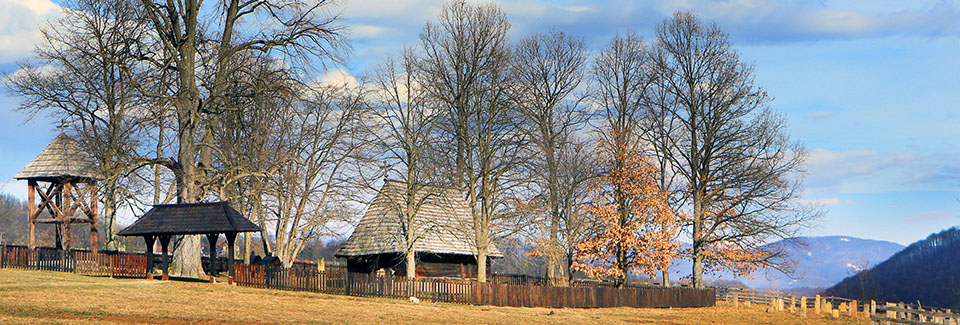EXHIBITION ’WOODEN CHURCHES – GUARDIANS OF TRADITION: TIMELESS WORSHIP UNDER A WOODEN DOME’ AT THE SASA GALLERY OF SCIENCE AND TECHNOLOGY
The exhibition of photographs titled ’Wooden Churches – Guardians of Tradition: Timeless Worship under a Wooden Dome’, authored by Stanko Kostić, was opened at the SASA Gallery of Science and Technology on 4 October.
The author present the architectural heritage of the then craftsmen’s prowess in building wooden churches in our region, and the influence of builders from Osat across the Drina River and Prizren craftsmen who relocated from the south of Serbia during migrations. The great historical significance of these holy places will also be highlighted, and visitors will get an opportunity to see a part of the icon paintings which were found in wooden churches whose authors were travelling zoographers and our icon painters of that time.
As Academician Branislav Mitrović mentions in his text prepared for the exhibition catalogue, ’Following a period of a great cultural bloom and flourish of Serbian medieval church building, a hiatus ensued during the Ottoman period. Cultural momentum spanning several centuries was interrupted by the Turkish conquest of Serbia in the mid-15th century. Since then up till the beginning of the 19th century, the Serbian people would go through a grave period of struggle for physical and spiritual survival. In an extended period following the collapse of the medieval Serbian state, architecture was minimized to the simplest archaic and archetypal shapes, so churches were built of wood and were tiny. Wooden churches became a fierce stronghold of the Orthodox faith.’
Academician Mitrović points out that the emergence of these facilities can be seen as a continuation of the old, folk building tradition in certain conditions and per the current capacity of the people.
‘These facilities have tremendous value for the people because the church was a hub of belief and hope of survival as well as a place of endurance of the national spirit and tradition. Wooden churches were places of coming together to worship and lead a liturgical life. Wooden churches are archetypal facilities, unassuming, and ascetic, in their shape most similar to the primal definition of home. The people could appreciate them; accept them as their home, and perpetuity of the domestic ambience of a warm hearth. They provide a striking interpretation of a turbulent period of Serbian history, as well as an astounding dexterity of a folk craftsman – a wood master builder,’ elaborated Academician Mitrović.
The exhibition is on display at the SASA Gallery of Science and Technology until 28 October 2023.

